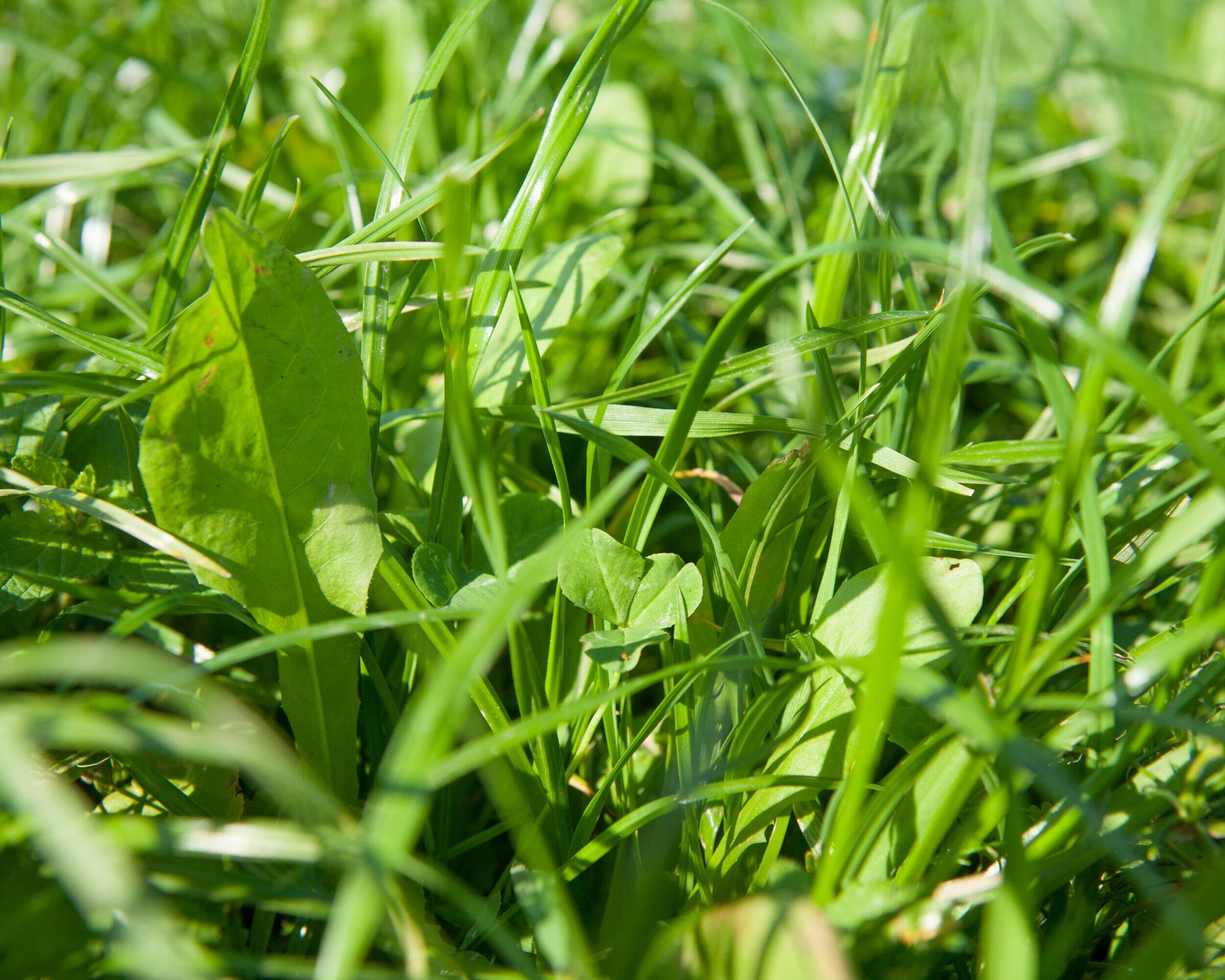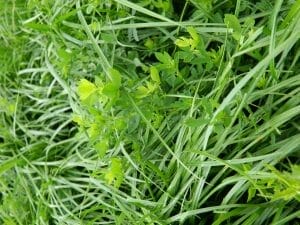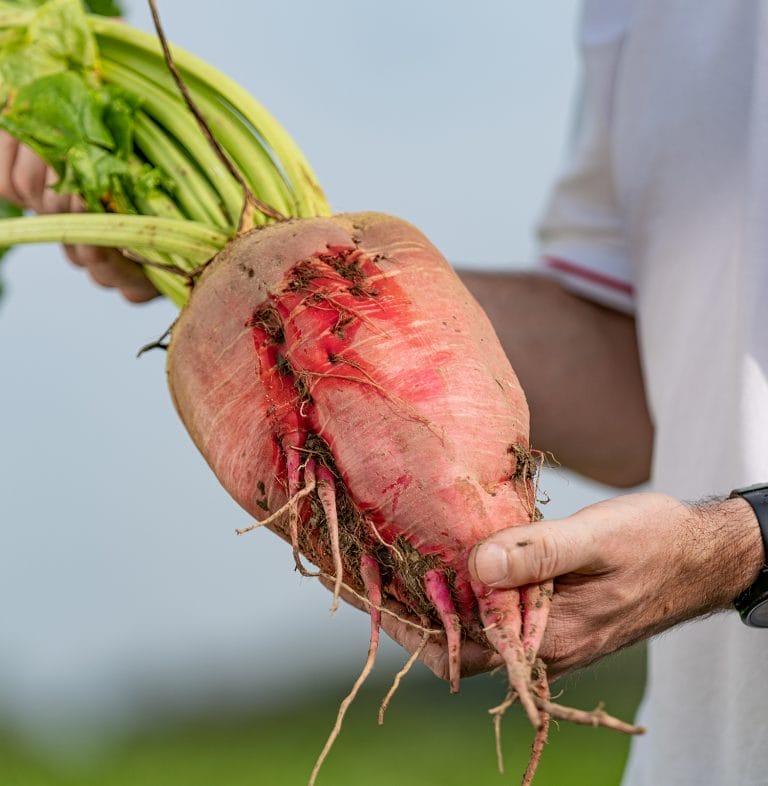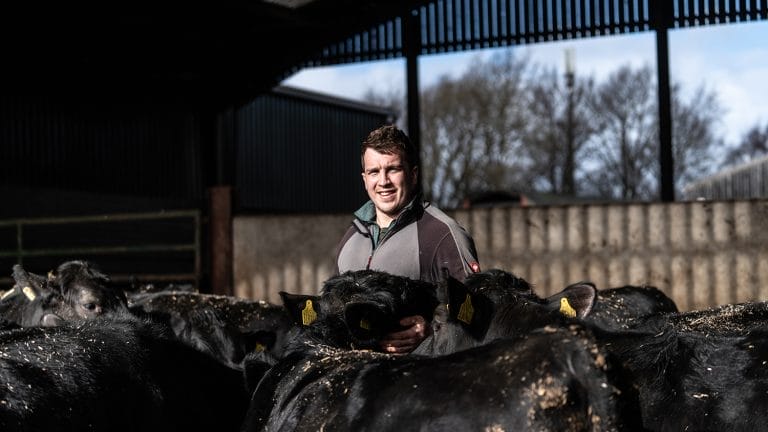
The agricultural press has been full of articles covering the impact of fertiliser price rises over the last year, with headlines being focussed predominantly on methods of reducing Nitrogen application rates.
What is less well reported is that growers have actually been reducing their use of inorganic fertilisers since the early 1980’s and this change has contributed to the reduction in estimated greenhouse gas emissions from UK agriculture over the last two decades.
The biggest reductions in N use have been seen on grassland farms where fertiliser use has halved. Whilst potentially good news for the environment, this reduction may be limiting profitability as even at the current fertiliser price levels, the cost of Nitrogen applications to grassland can be justified by increased forage yields.
One way of maintaining grassland yields with lower inputs is to ensure that leys include a good proportion of clover.
But DEFRA reports that only 13% of livestock farmers include clovers in all their leys, with 25% not including any clover at all. This seems like a huge, missed opportunity.
A grass sward with a good white clover content can produce as much forage as one receiving 180kg N/Ha. On a 100Ha grassland farm, this is equivalent of 52 tonnes of ammonium nitrate fertiliser. Red clover has even more impressive figures and can fix as much as 250kg N/Ha.
Making sure a newly reseeded ley includes clover is more important than ever. Where clover isn’t present, it can be successfully oversown into an existing sward using pelleted Cloverplus. The pellet enables more accurate sowing and most importantly improves establishment.
The advantages for livestock farmers are clear, but clovers (and grass/clover leys) can also improve soil organic matter, earthworm populations and soil structure in arable rotations whilst also leaving residual N for the following crop.
Arable farmers struggling to find a market for a crop of clover (or grass and clover) may be able to take advantage of ELMS/CSS options such as AB15 Two-year legume fallow. Mixtures such as Legume 2, bring all the benefits of clovers whilst also being eligible for CSS payments.

It is clear that improvements have been made across the industry to reduce reliance on inorganic fertilisers but continued environmental legislation and financial pressure mean the subject is unlikely to fall out of the spotlight any time soon.
Clovers can play an important part on any farm looking to optimise nutrient inputs.
































